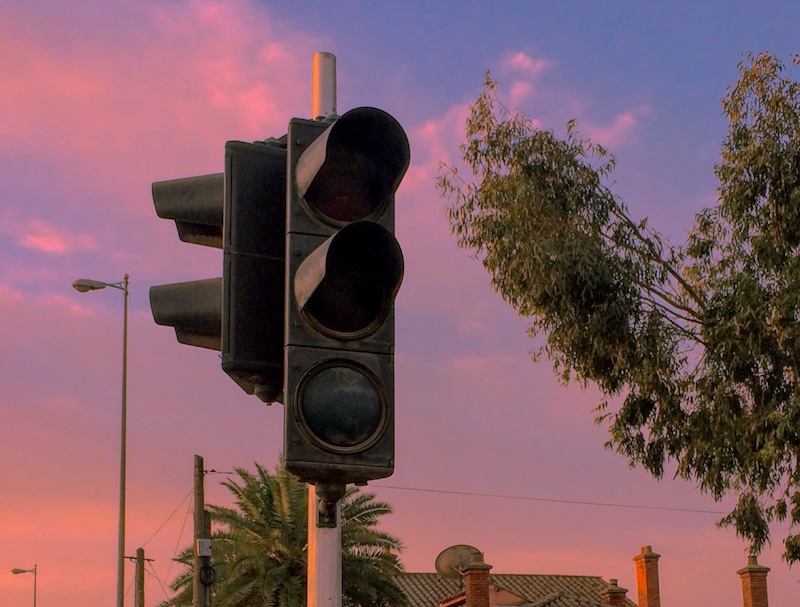While loadshedding was temporarily suspended, motorists can still expect it to make an unwelcome return in the near future. If you are still making your way to the office everyday or spend time on the roads throughout the day, this is what you can do to ensure you stay safe on the roads despite congestion and traffic lights that do not work.
The managing director of MasterDrive, Eugene Herbert, says the key to managing the added stress that the outages add to daily trips is to remain calm. “As frustrating as it may be, accept that loadshedding is a reality. Get into your car prepared for the challenges this creates and then manage them calmly and safely. When you let frustration rule your decisions behind the wheel, the situation becomes dangerous.”
Herbert provides the following tips to safely navigate the roads during loadshedding:
- Keep an eye on loadshedding schedules and attempt to avoid areas experiencing outages during your travel times with the help of apps like Google Maps.
- Give yourself additional travel time so you avoid feeling pressurised while driving.
- Do not drive in the yellow lane while waiting in congestion at a traffic light. It worsens the traffic for other motorists, makes it more dangerous to re-enter traffic later on and may incite anger from other motorists.
- While intersections should be treated as four-way stops, often this does not happen making it necessary that you double check every path that crosses yours before going. Rather take longer to cross than not make it across at all.
- If you find it difficult to remain calm in congestion find ways that can assist in relaxing you such as selecting relaxing music before you leave.
- Listen to points people directing traffic and give them the respect that they deserve for the help they provide.
- If another driver is displaying reckless, selfish or any other questionable behaviour, rather ignore them and move out of their way than get upset or try to intervene.
Loadshedding along with the new, stronger wave of COVID-19 is placing extra pressure on drivers. “Do not drive in a way that you may later regret. Accept that these challenges are likely to affect you and make a mental commitment to handle them safely,” says Herbert.
